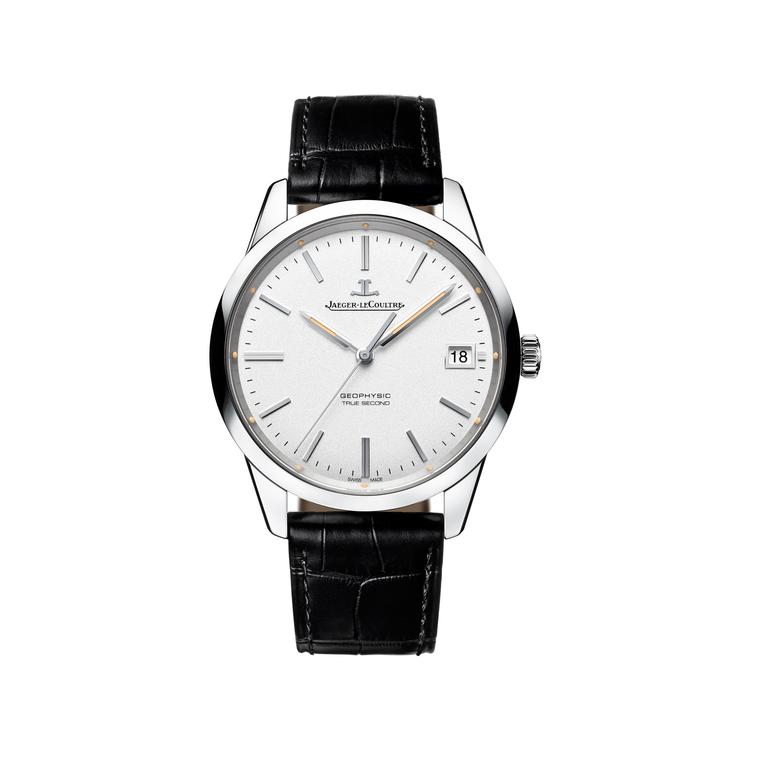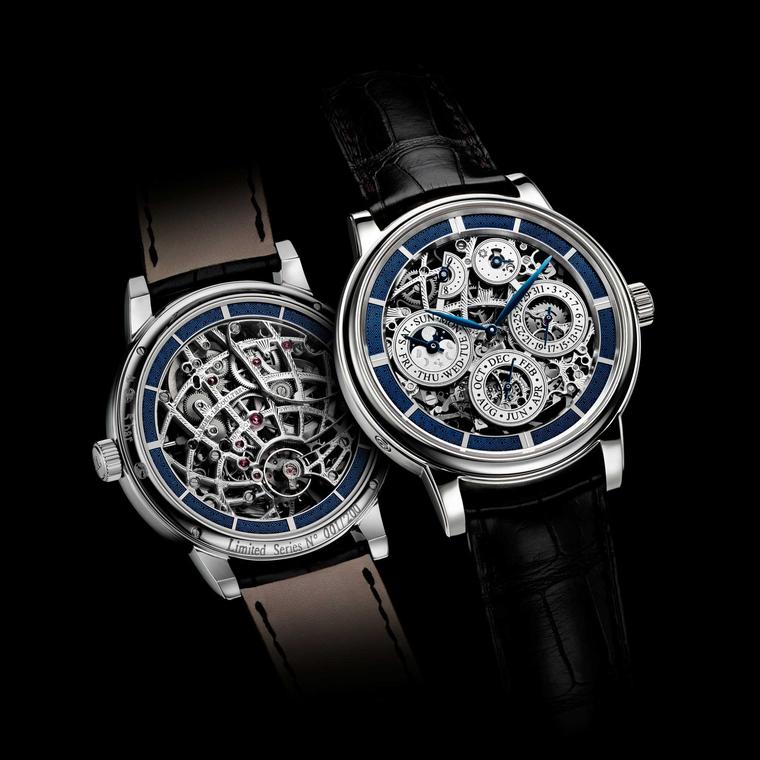
The Jaeger-LeCoultre Geophysic watch was born in 1958 with a clear vocation to perform under duress on the wrists of geoscientists measuring magnetic fields in the North Pole. Coinciding with the International Geophysical Year (1957-1958) - a scientific project involving 67 countries that marked the beginning of scientific interchange between East and West, interrupted during the Cold War - the Swiss watchmaker produced a rugged chronometer capable of withstanding magnetic fields, extreme cold, shocks and water. With its austere, legible dial and soft iron case to protect the movement, these trusty Jaeger-LeCoultre watches were considered utilitarian and reliable allies in the lab and in the field.
Read more about the precision of a chronometer
Recently unveiled at Watches & Wonders, the two newcomers to the family of Jaeger-LeCoultre Geophysic watches are fitted out with new calibres and exciting new technology in the form of the Gyrolab. After eight years in the lab, the revolutionary Gyrolab balance wheel - designed to reduce air friction in the movement - has been fitted in the Geophysic line, the first collection to benefit from this key breakthrough.
At first glance, the Jaeger-LeCoultre Geophysic True Second watch is deceptively simple and displays the utilitarian, clean-cut case and styling of its ancestor. The dial of the new 39.6mm rue Second is restrained and uncluttered, and the luminescent dots and hands, similar to the original, enhance readings in the dark or underwater to depths of up to 50 metres.
But wait a minute, what are "true seconds", you are entitled to ask. The opposite of false seconds? Most seconds hands on a watch seem to glide across the seconds whereas a watch with a true seconds complication - aka a dead-beat seconds complication - puts the breaks on the second hand and makes it perform a nice, clean staccato jump as it hits the second markers. Why? To offer more accurate readings of the seconds, in keeping with the Geophysic’s status as a scientific timing tool, and because it turns out to be a very complicated complication that watch buffs recognise immediately.
Read more about Jaeger-LeCoultre's reputation as the master of complications
The second newcomer is the 41.6 mm Jaeger-LeCoultre Geophysic Universal Time, a world timer watch with graduated blue lacquered seas and continental masses engraved in rose gold or stainless steel. The 24-city and the 24-hour discs give you world time at a glance, and everything is adjusted neatly at the crown.
Both new Jaeger-leCoultre watches are powered by in-house JLC automatic movements (calibre 770 and 772) and, unlike former Geophysic watches, the movement - protected by a soft iron case - is, for the first time in this family, visible through the caseback. Among the many compelling reasons Jaeger-LeCoultre has to show off its movement is the unique and atypical balance wheel known as the Gyrolab and the openworked gold rotor that echoes the JLC logo to let you enjoy as many details on the movement as possible.


















